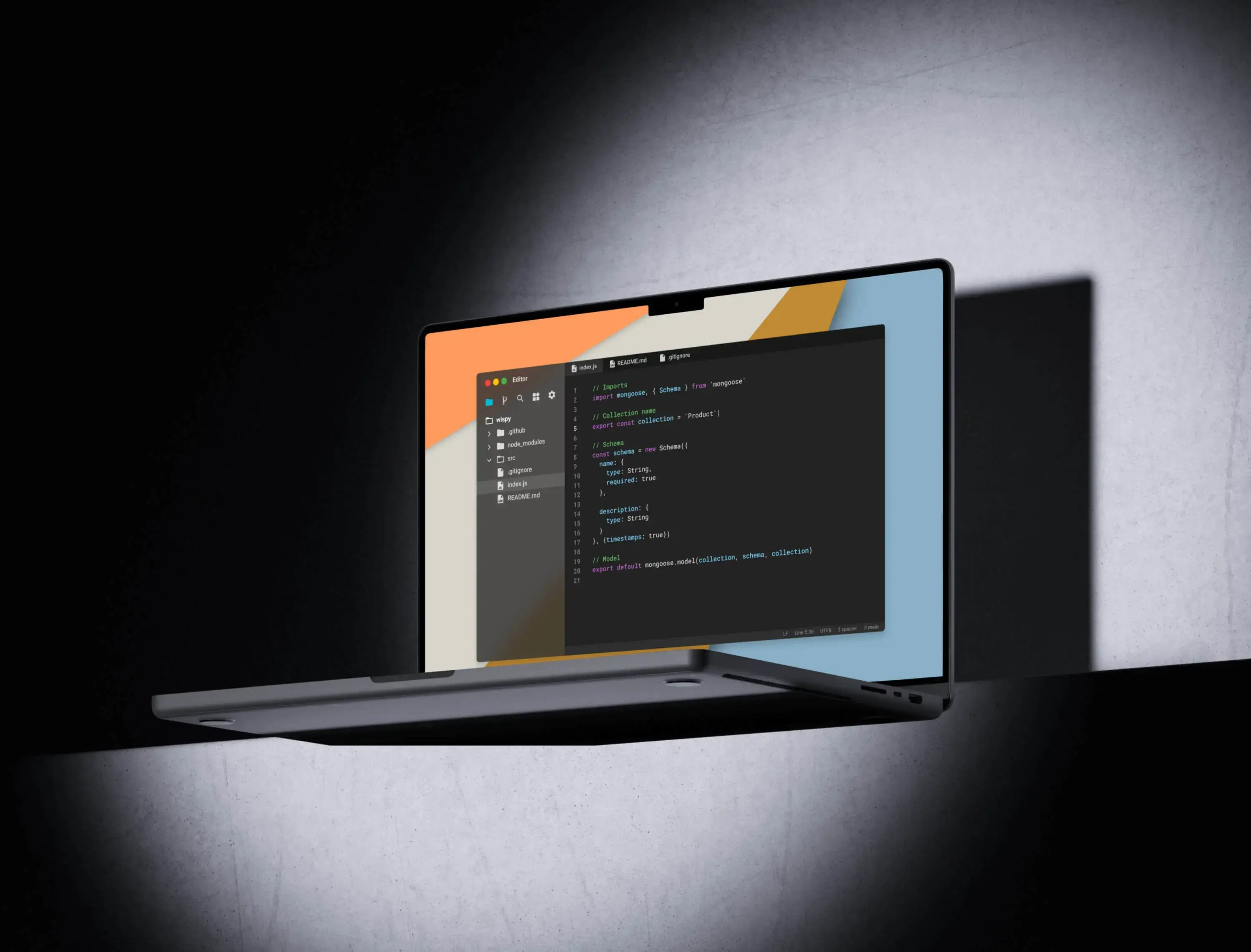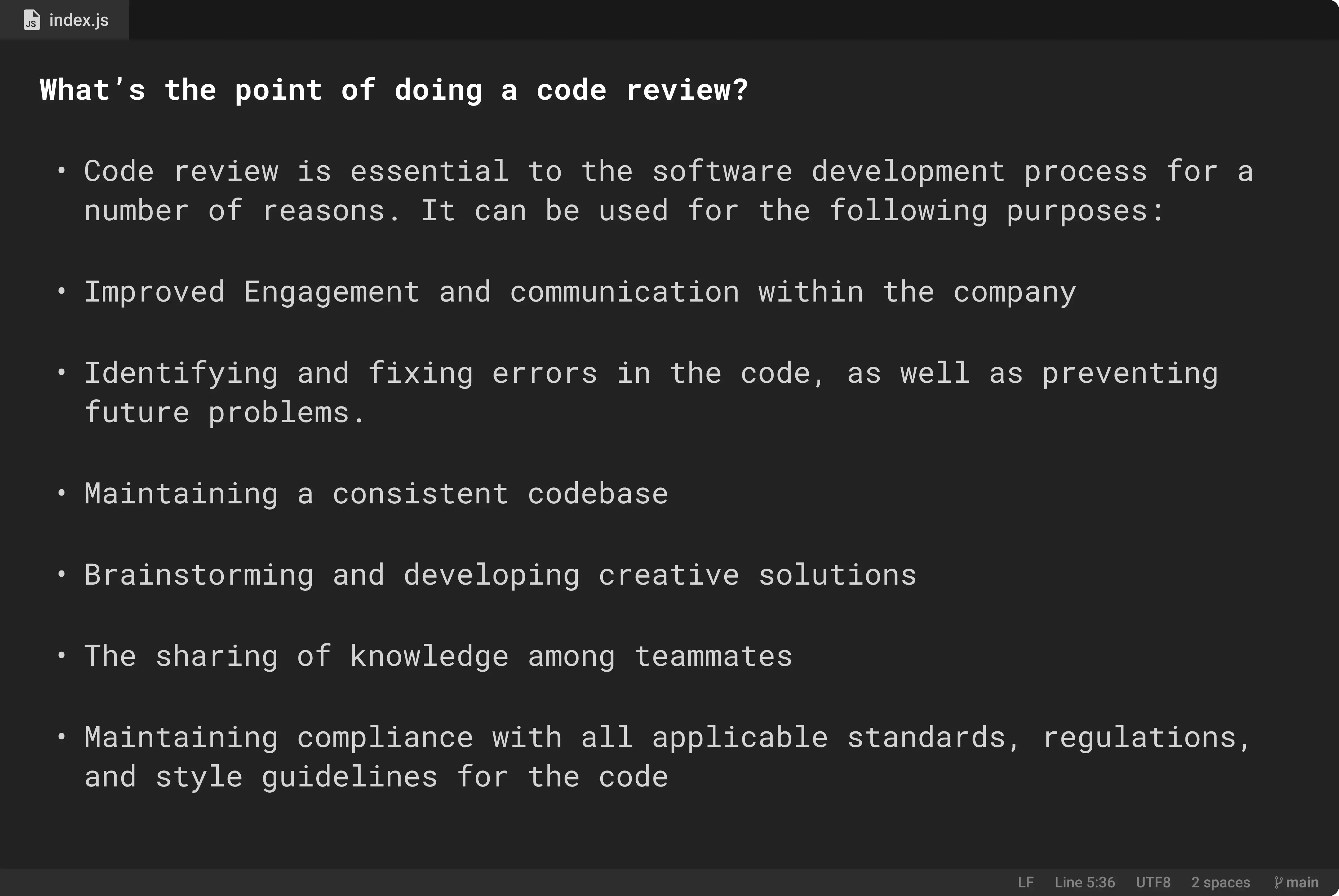
The basic purpose of every software development team is to provide customers with high-quality code. Having to deal with faulty code is a common problem for most teams. The best teams take the time to think about strategies to mitigate the risk of developing code that does not work. In addition, the greatest teams take the effort to make sure they’re delivering the best code that they can. And there is no better way to accomplish these goals than code reviews.
The basic purpose of every software development team is to provide customers with high-quality code. Having to deal with faulty code is a common problem for most teams. The best teams take the time to think about strategies to mitigate the risk of developing code that does not work. In addition, the greatest teams take the effort to make sure they’re delivering the best code that they can. And there is no better way to accomplish these goals than code reviews.
A well-designed code review process gives team members a clear framework for discussing and evaluating each other’s work. While they require additional effort, the time invested is well worth it when weighed against the rewards. It is possible to lower the overall time spent on quality assurance by utilizing code reviews in conjunction with other methods.
In comparison to more traditional forms of testing, code reviews identify more bugs than the latter do. They also provide opportunities for mentoring and cross-module information sharing across your entire team. Code reviews, in other words, are the single best cost-effective method of discovering defects in your software.
Consistent code reviews can have a significant impact. To further understand these factors, let’s take a closer look. So, without further ado, off we go!
It’s evident what code review is all about: it’s a process of examining the code for errors, misspellings, bugs, and other faults. However, despite the simplicity of this simple explanation, there are plenty more things to uncover underneath it. Let’s begin by answering a few pertinent questions to gain a better knowledge of code review.
It doesn’t necessarily have to be the person who developed the code. The goal is to gain a fresh perspective on a piece of software by examining it from the outside. This is why code review is sometimes referred to as “peer code review,” as anyone who is proficient enough can execute it.

In order to review code efficiently and conveniently, each development team has its own set of methods and tools that it employs. A manual review, an automatic review, or a combination of the two may be performed.
To detect errors and impurities in the code manually, a developer has to spend a lot of time going over each and every line of code. Automated code review, on the other hand, gives programmers a helping hand by checking thousands of lines of code in a matter of seconds. Although both of these methods have advantages and disadvantages, it’s best to combine them if you want to increase the quality of your code review process.
In order to review code efficiently and conveniently, each development team has its own set of methods and tools that it employs. A manual review, an automatic review, or a combination of the two may be performed.
To detect errors and impurities in the code manually, a developer has to spend a lot of time going over each and every line of code. Automated code review, on the other hand, gives programmers a helping hand by checking thousands of lines of code in a matter of seconds. Although both of these methods have advantages and disadvantages, it’s best to combine them if you want to increase the quality of your code review process.
You’re more likely to write clean, concise code if you have the knowledge that your coworkers will be reviewing it. It is possible that minor flaws in code or patterns will slip through the cracks; however, your coworkers can assist you in catching them before they are distributed and tested, which helps to limit the number of bugs while also ensuring that the code quality remains high. When you encounter edge instances where you must break from the norm, you may make it easier for your team to recognise them by including comments that explain why you did so. When submitting a pull request, be sure to include this information in the description. This eliminates the need for your coworkers to investigate whether the divergence was intentional on your part or the result of an error.
Having numerous team members ask questions and provide feedback on one another’s work speeds up the onboarding process for new team members who benefit from the knowledge-sharing that occurs during code reviews
Involvement in code reviews is a wonderful way to share knowledge among members of a team, both as a reviewer and as someone who submits code for evaluation. As a reviewer, you gain insight into the thought processes of your coworkers. You also have the opportunity to inquire about why certain things are done in a certain way—whether it is a style choice or an unidentified pattern. As a developer who submits code for review, you have the opportunity to learn about alternative patterns and tips from your team members.
Having code reviews allows team members to work across several codebases in small chunks while still maintaining focus on the main project. So, if one of your teammates goes on leave or is unwell, you’ll not have a hard time catching up with their project and assisting them with a bug fix or new release because you’ve already seen parts of their codebase.
Code reviews, according to some, are a waste of time since they divert attention away from “real development”. However, the reality is that a lack of code reviews can lead to an increase in the number of flaws and inconsistencies that are only discovered after the product has been released. Because of this, bugs have to be reported and triaged and old code needs to be examined to identify what went wrong. Inconsistencies in your code could make it difficult for a new developer to figure out what’s going on because they’re not familiar with the codebase, etc.
To fix someone’s code quality, you must first measure it. To calculate the efficiency of your reviews, analyze the impact of change on the process, and anticipate the number of hours required to complete a project, objective metrics are used.
The following are examples of regularly used review metrics:
Working together can be a challenge at times for anyone, regardless of the situation. It’s important to set ground rules with your team so that everyone is on the same page when it comes to working together. The following are some general pointers to get you started on the right track:
A code review is a testing technique that is carried out by a person who is not the code’s creator but who is familiar with the code’s design. If you’re building software for your clients, this should be an essential part of your process.
Code performance, codebase consistency, reduced task time and budget savings, and improved teamwork are just a few of the advantages you’ll enjoy when you use the finest code review approaches we’ve mentioned above.
Code review is an essential part of the design validation process. It also helps to ensure that the design and implementation processes are consistent. Code review is essential to the software development process for a number of reasons. It can be used for the listed purposes:
Top quality ensured or we work for free
